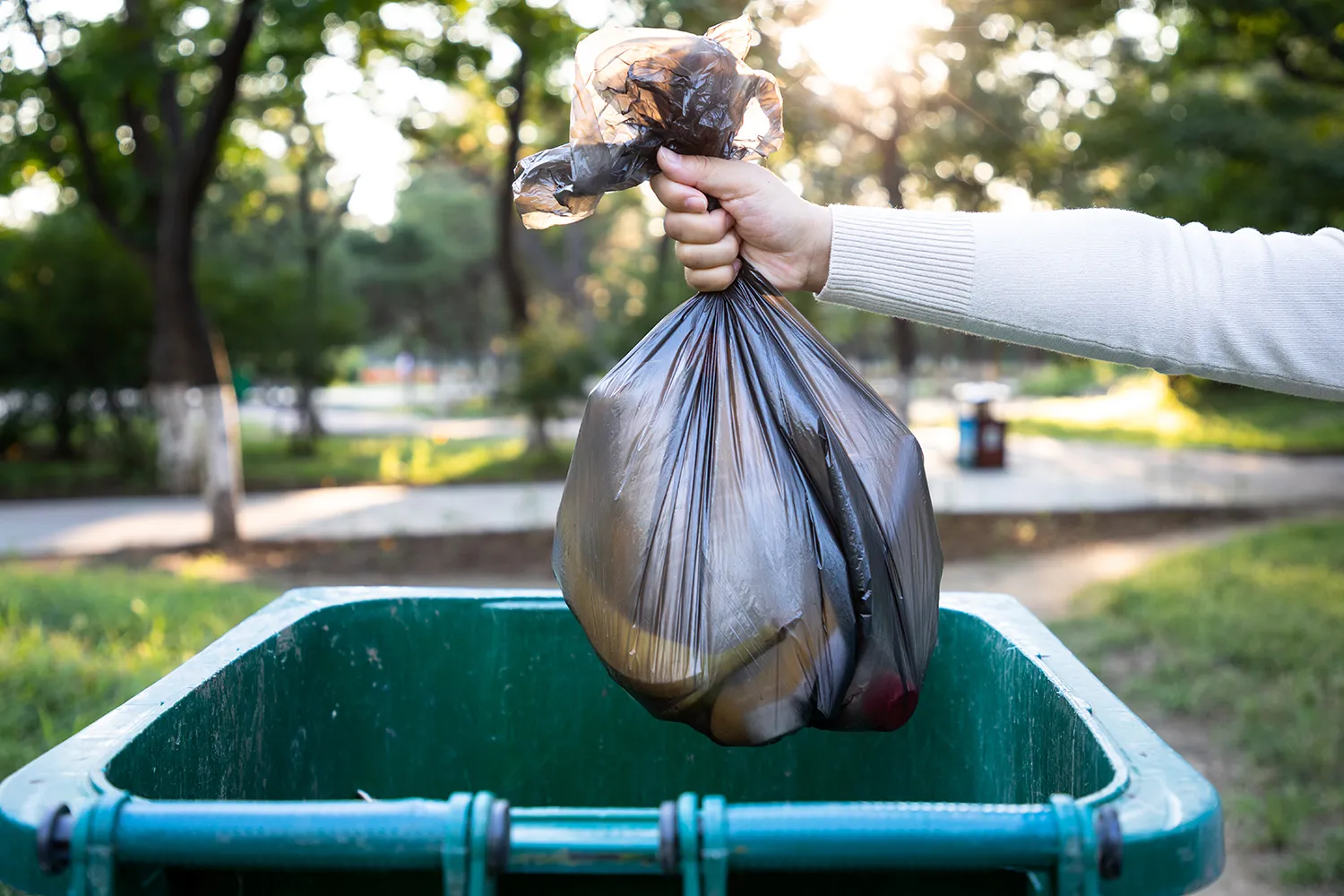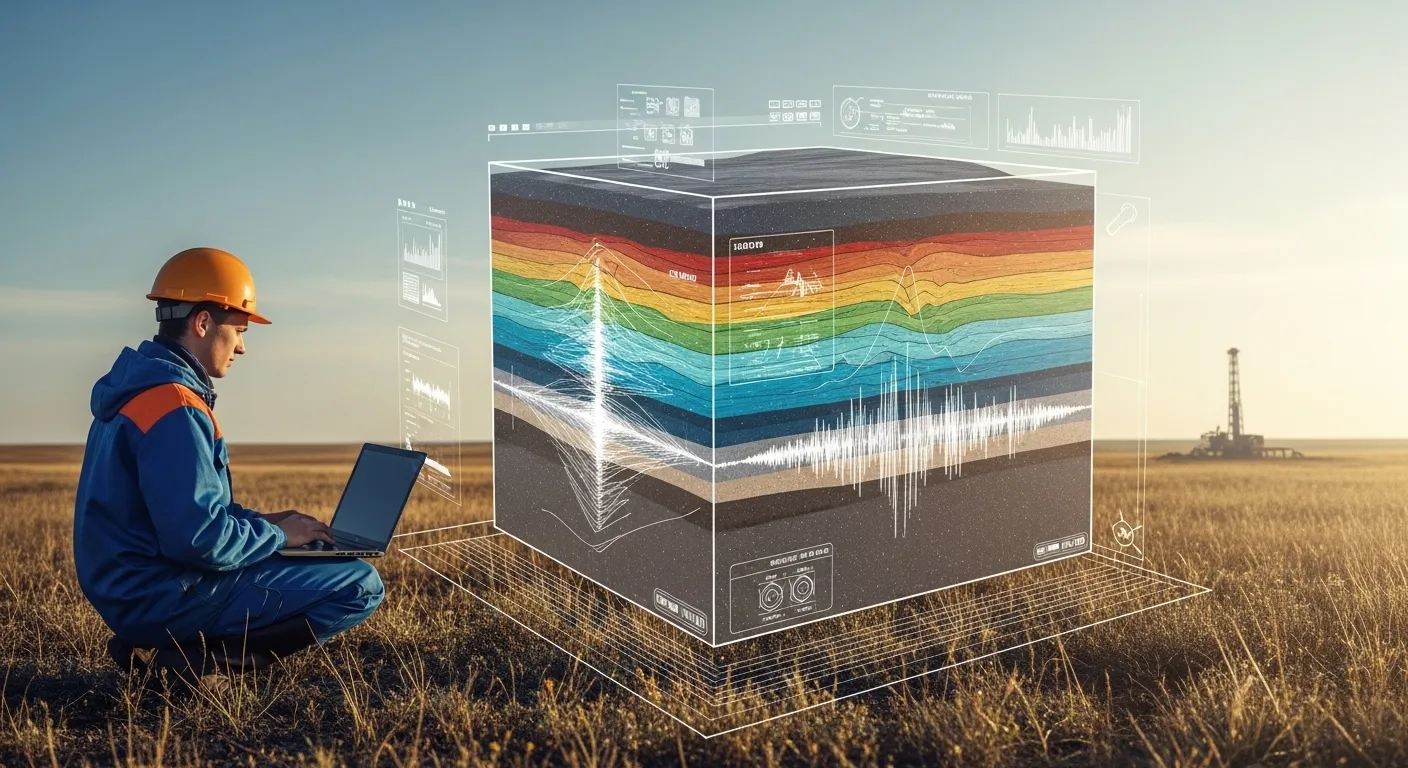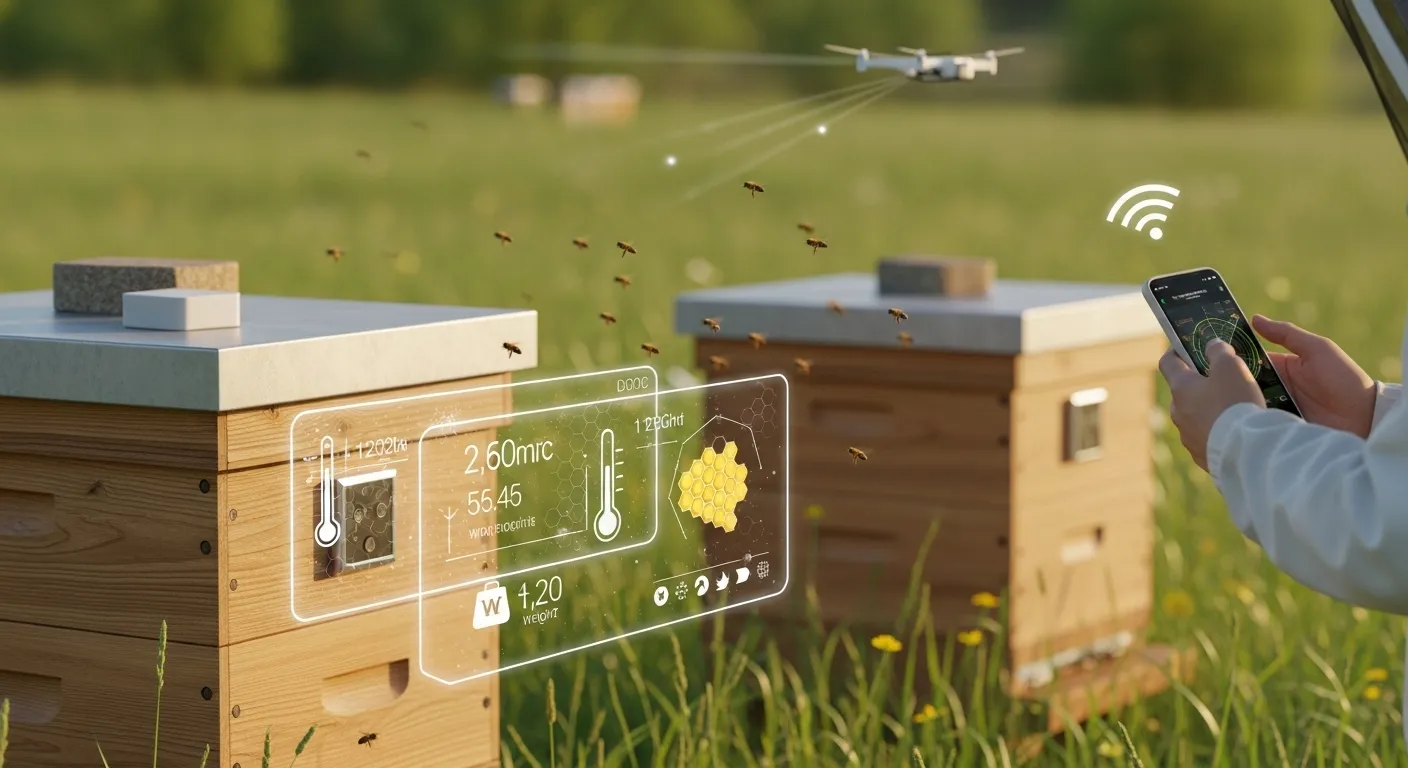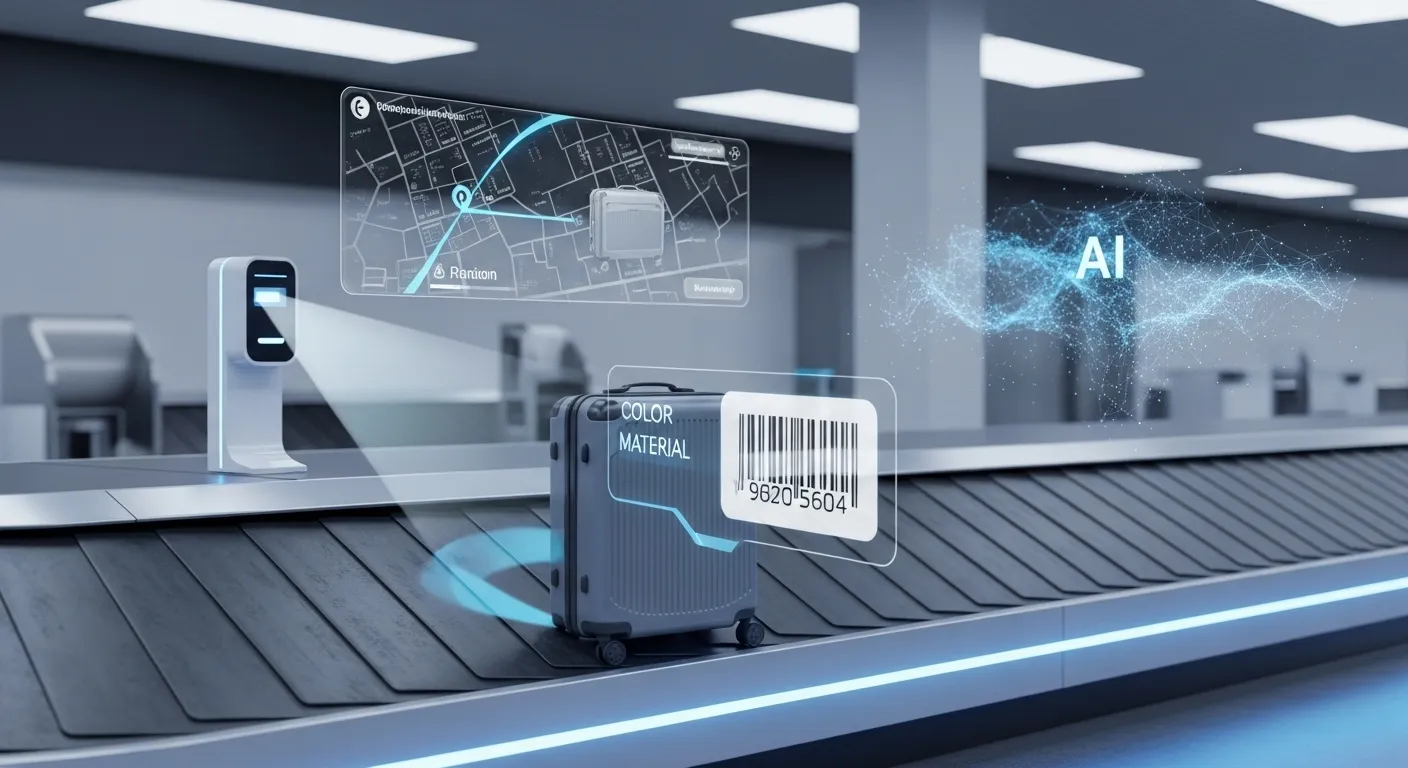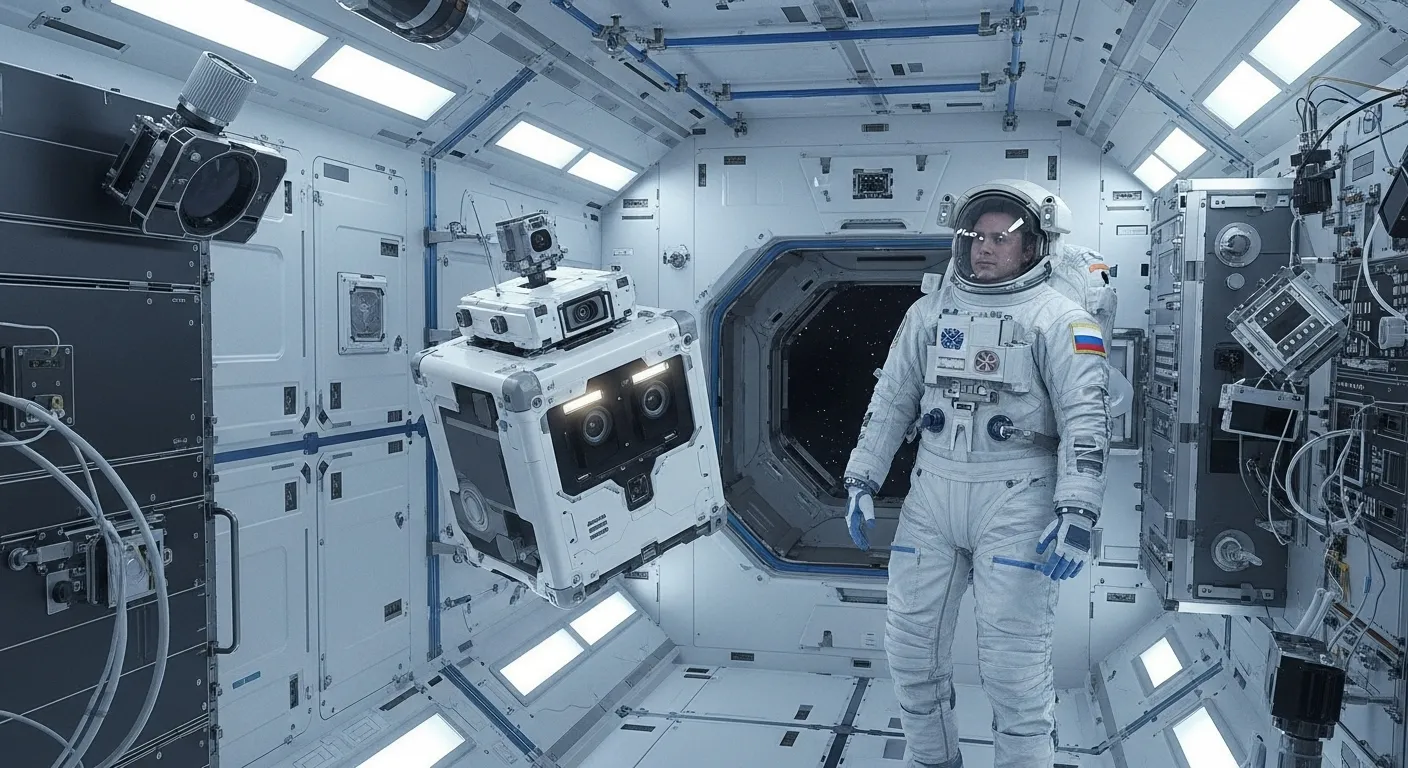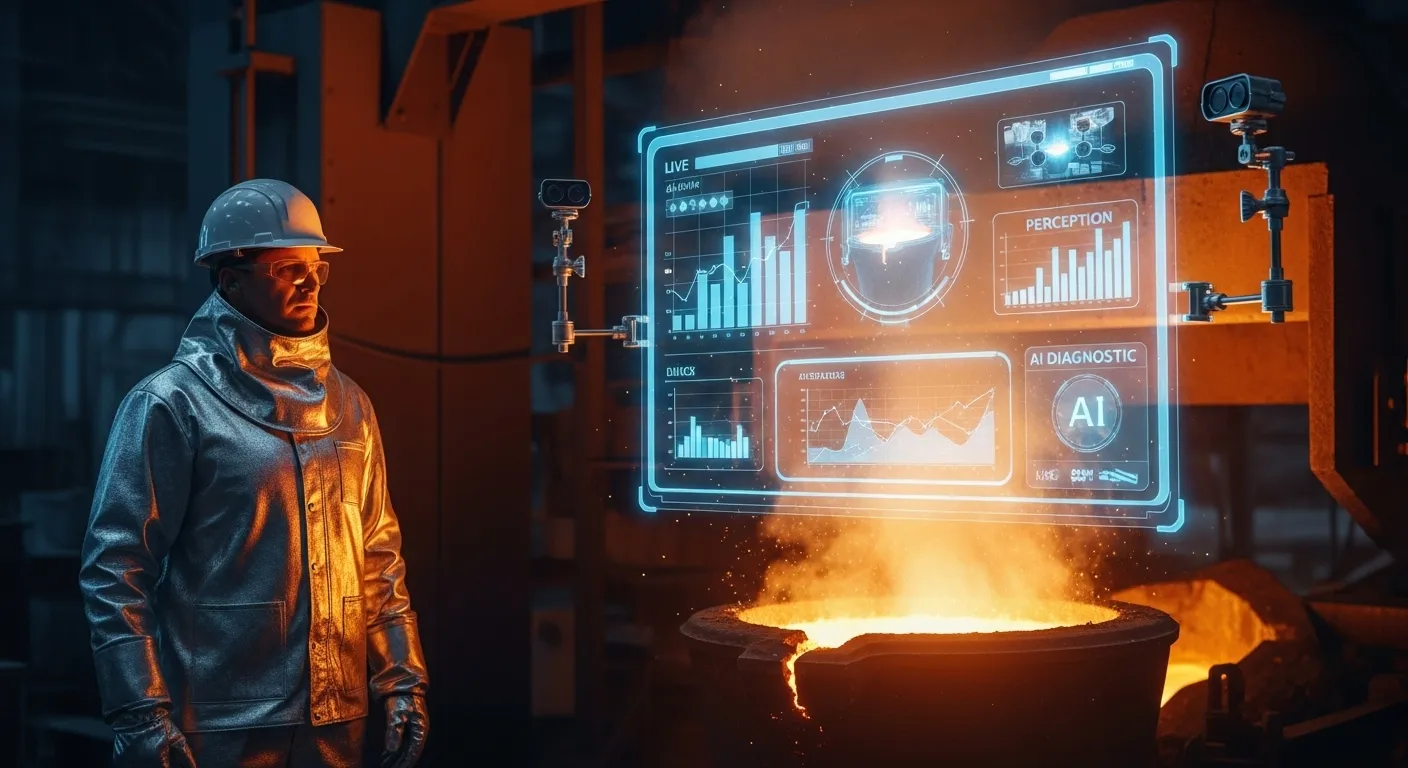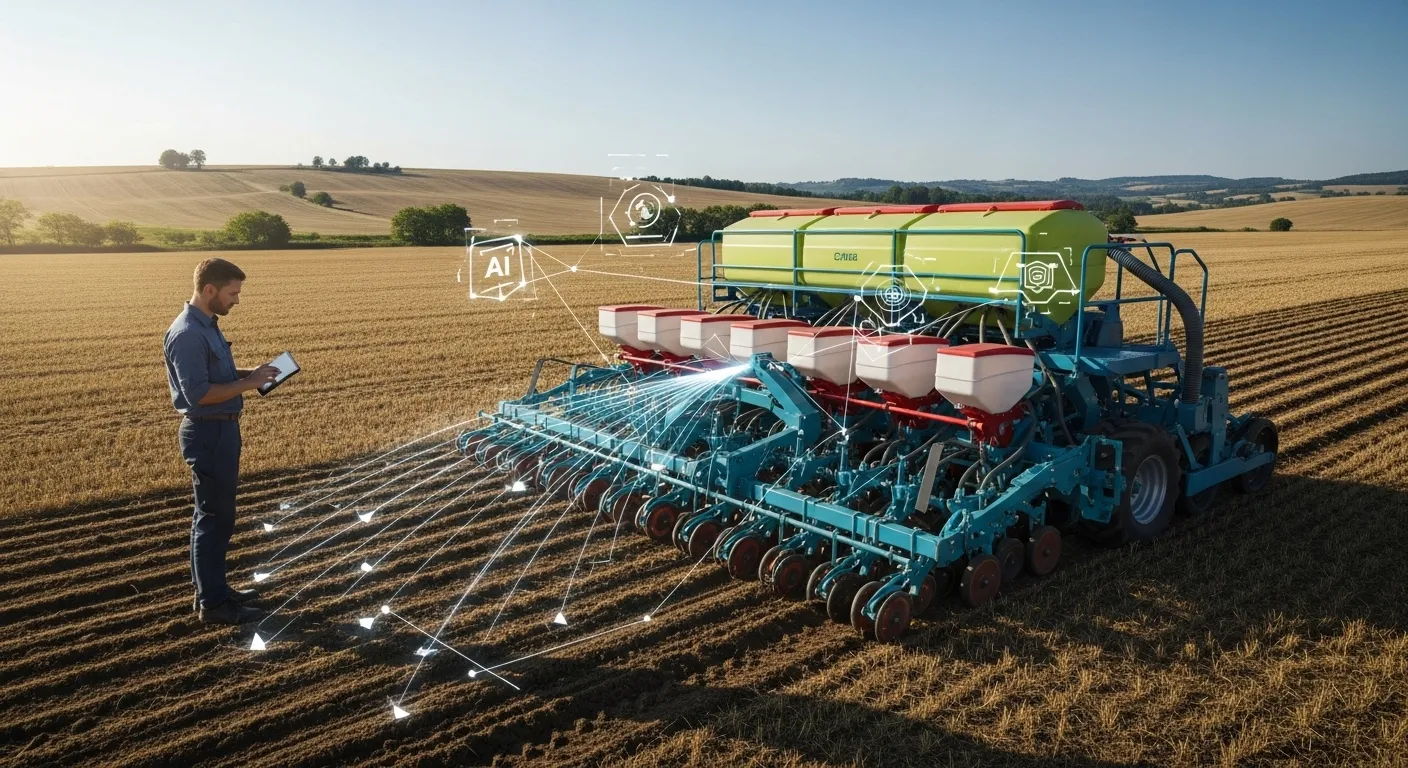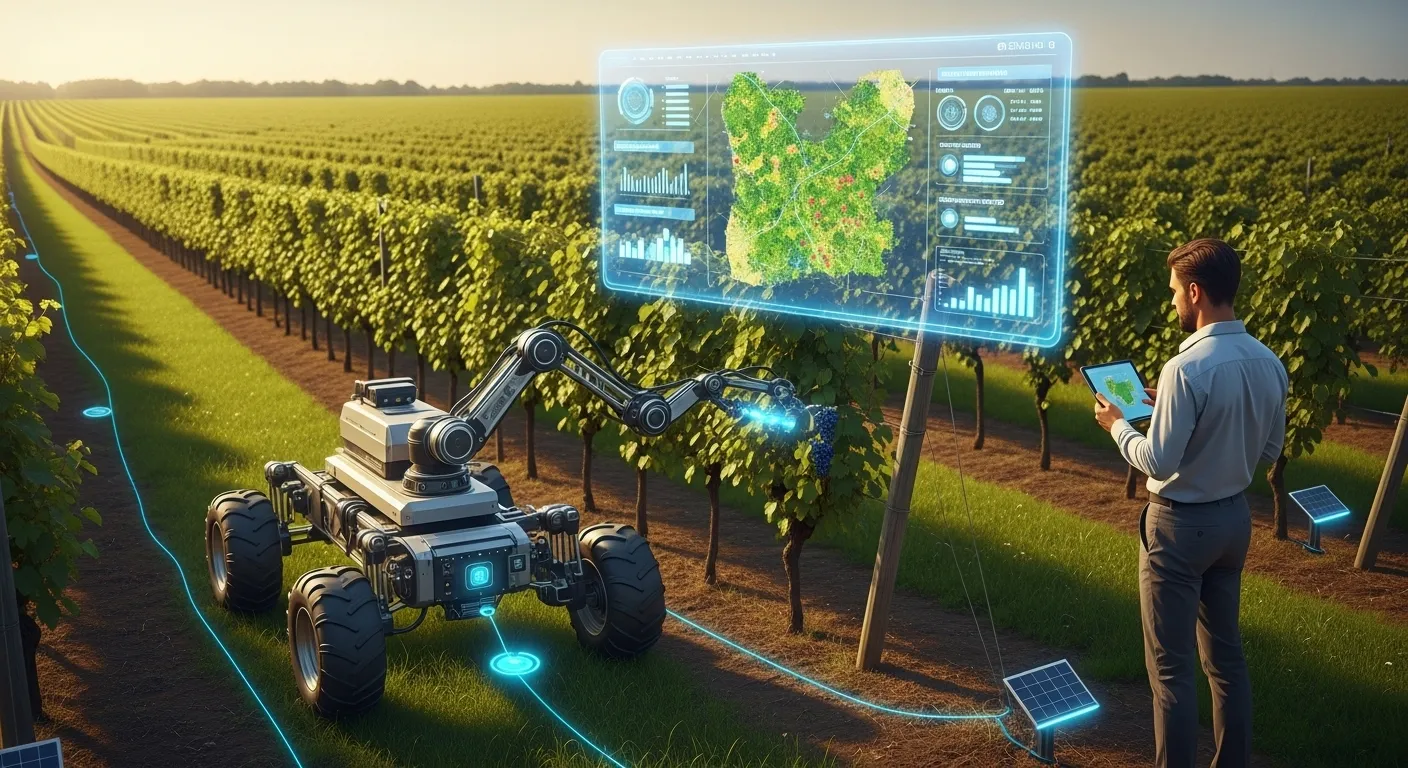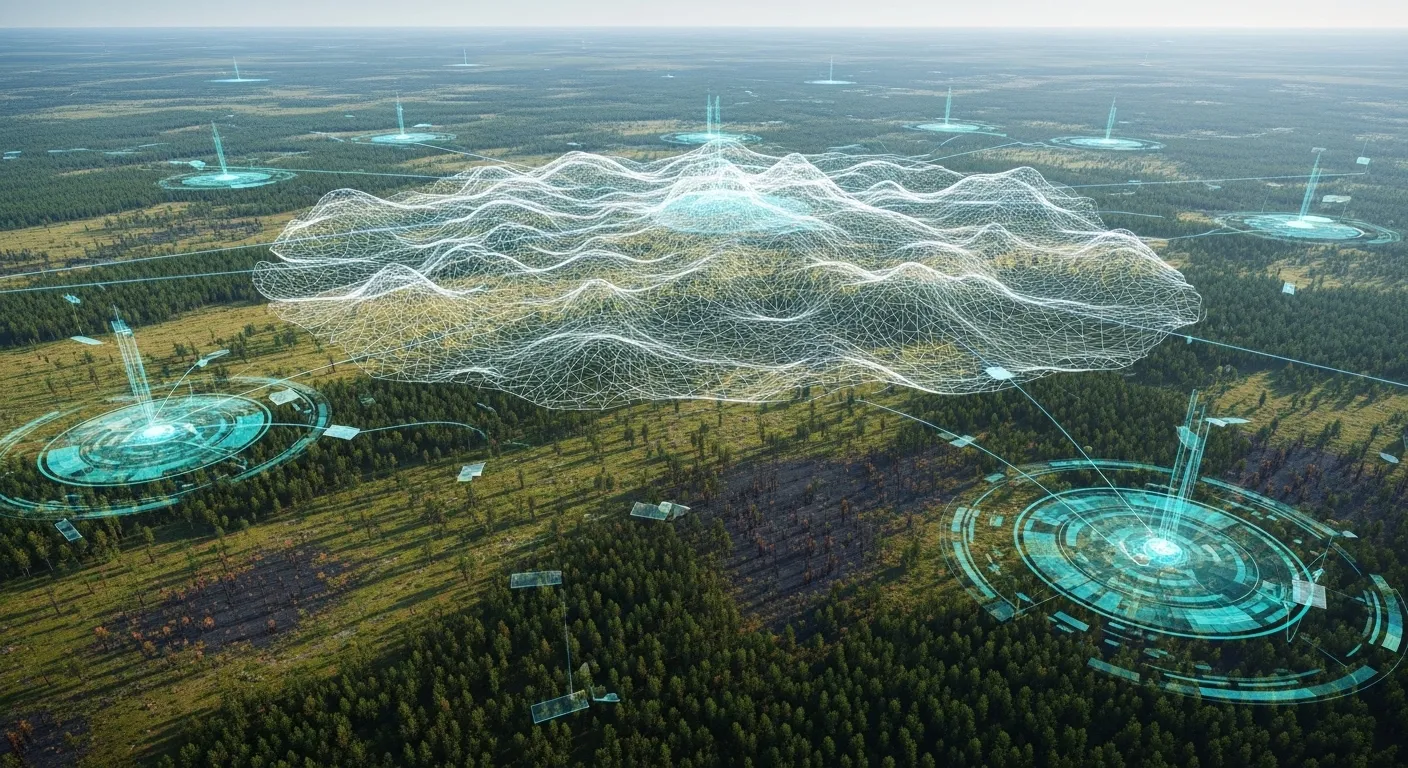Russian AI to Monitor Trash: How Smart Tech Is Cleaning Up Cities
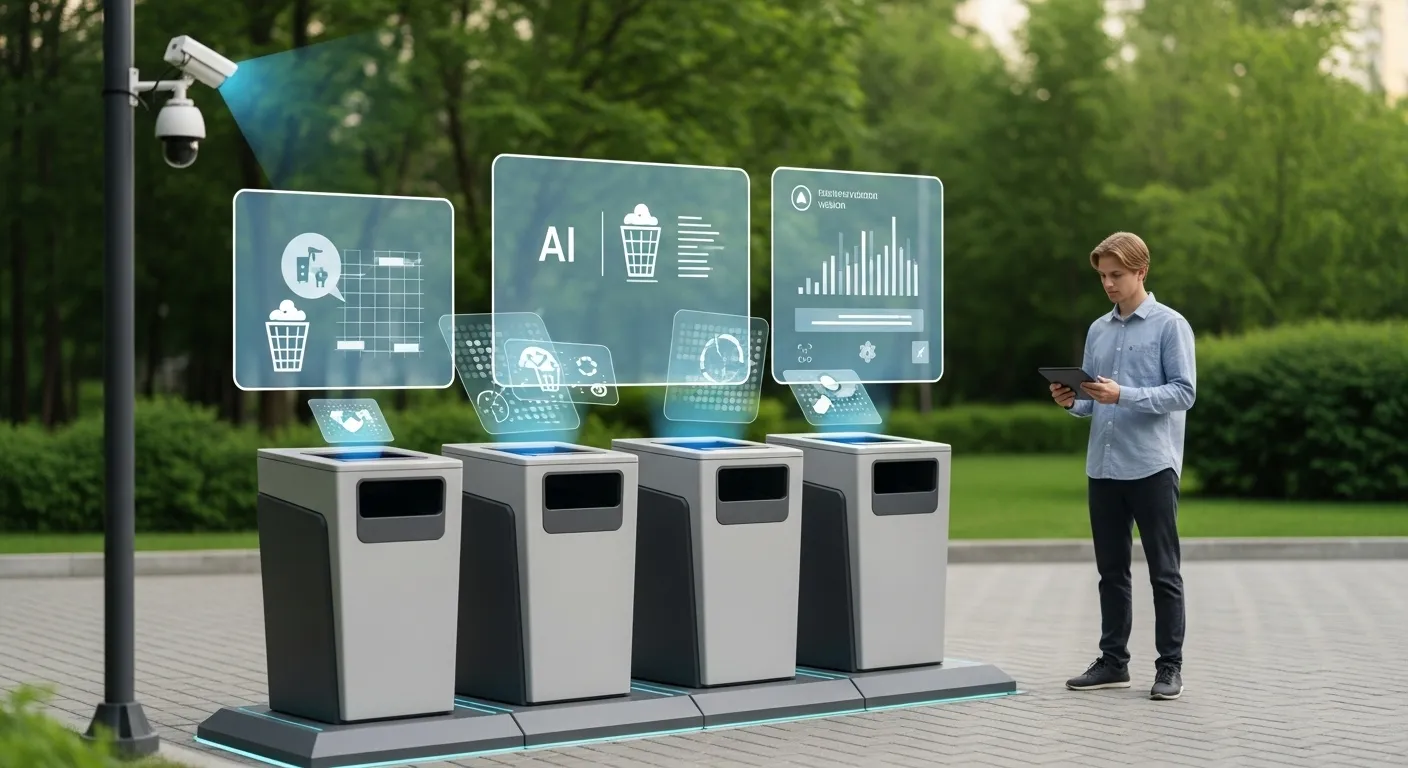
Russia’s Ministry of Natural Resources reports its homegrown AI now identifies bin fill levels with 85 percent accuracy—and this summer it will exceed 90 percent—while also spotting illegal dumps and bird gatherings to make waste management dramatically more efficient
Tackling the Waste Crisis with Computer Vision
Global waste volumes are surging—2.1 billion tons generated in 2023 and projected to hit 3.8 billion tons by 2050. In response, Russia launched its “garbage reform” in 2019, aiming to sort 100 percent of waste and cut landfill tonnage by half by 2030. Now, digital innovation is accelerating progress.
Built entirely with Russian‑made technologies, the new AI platform uses computer‑vision algorithms to analyze camera feeds at both large municipal landfills (TKO) and neighborhood collection points. It automatically measures container fullness, sends real‑time alerts when pickups are needed, and helps municipal operators optimize collection routes to prevent overflow. By reducing unnecessary truck trips, the system also cuts fuel consumption and carbon emissions—delivering cleaner streets and a smaller environmental footprint.
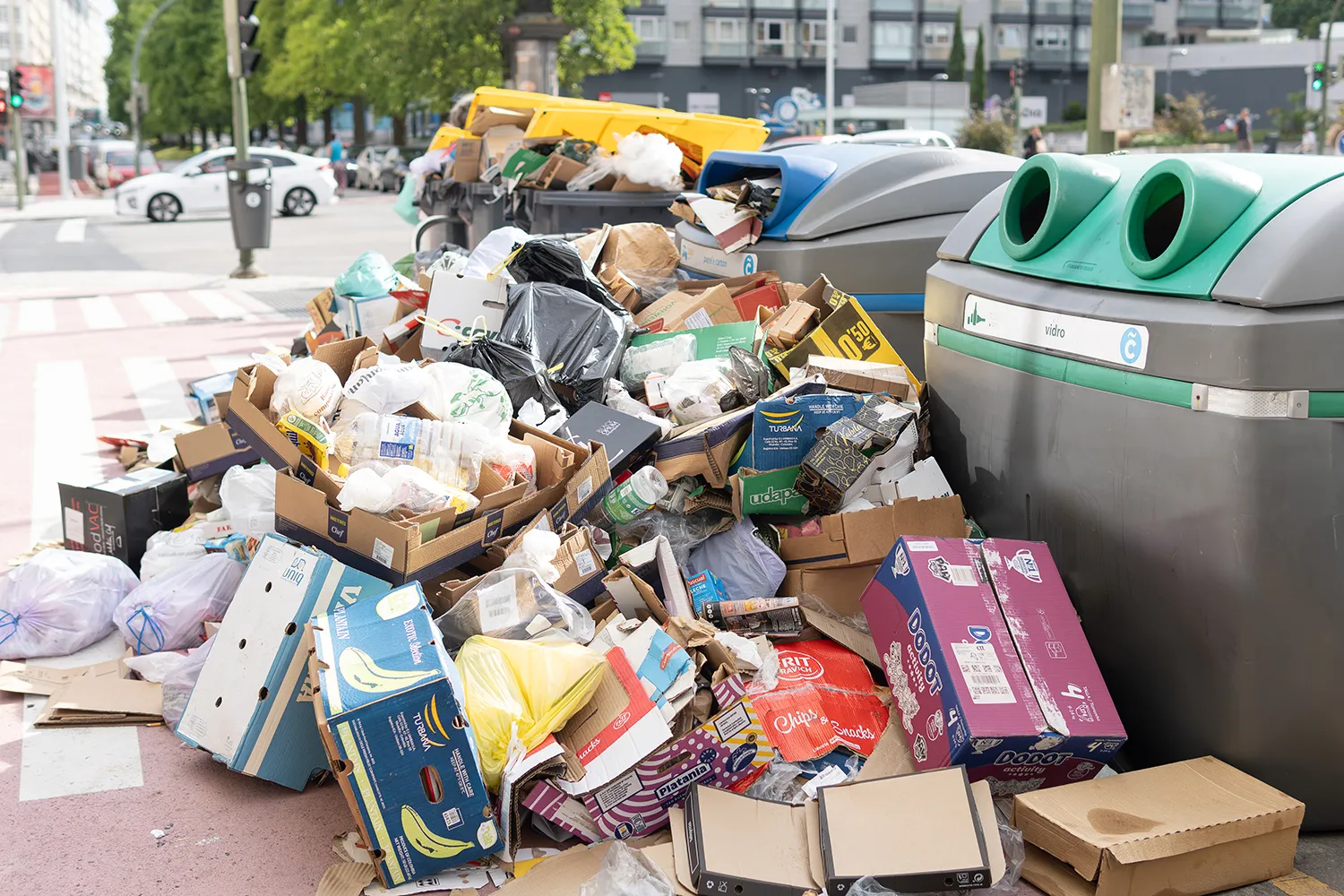
From Pilot Success to City‑Wide Rollout
Early trials between 2019 and 2021 in Moscow’s suburbs focused on illegal construction‑waste sites. The AI not only detected unauthorized dumps but also logged passing garbage trucks, driving a 57 percent drop in illicit landfill activity over two years. By 2023–2024, computer vision had expanded into “smart” residential and commercial buildings, monitoring waste areas to trigger automated service requests.
In June 2025, Russia unveiled a prototype “AI Development Center” under the federal government, set to coordinate these and future initiatives. With system accuracy already at 85 percent and heading past 90 percent this summer, nationwide deployment is imminent. Next steps include automating the oversight of container‑yard maintenance, integrating data streams into municipal “smart‑city” dashboards, and using predictive analytics to forecast waste generation peaks—so crews can stay ahead of surges.
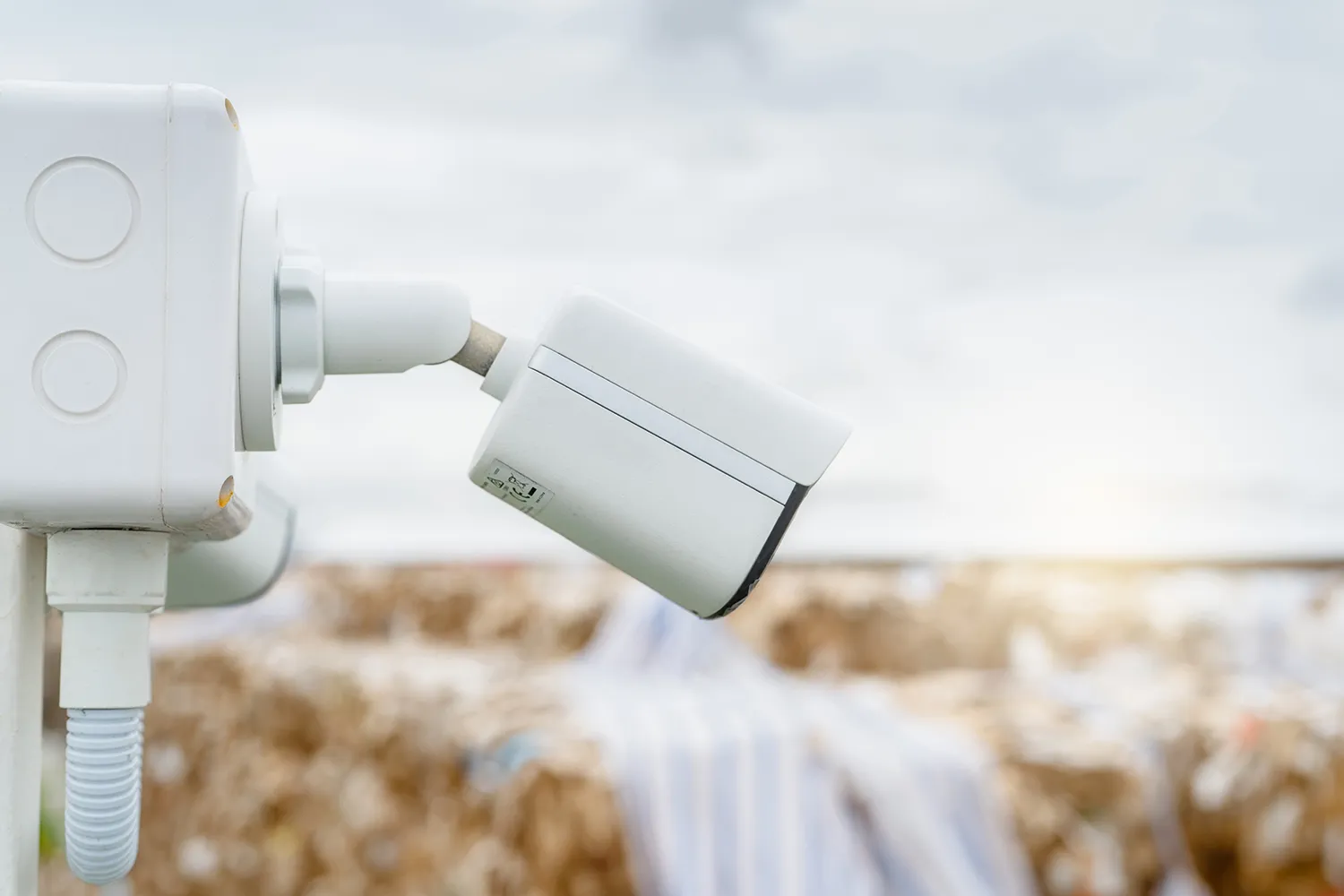
Global Ambitions and Human Benefits
Overflowing bins attract rodents, birds, and disease vectors, creating unsanitary conditions that frustrate residents and threaten public health. By tightening control over waste flow, the AI platform keeps neighborhoods cleaner, reduces infestations, and frees up sanitation crews for deeper‑clean operations. Families enjoy more pleasant streetscapes, and municipalities save on emergency cleanups.
Beyond Russia’s borders, demand for turnkey waste‑monitoring solutions is soaring as cities worldwide adopt “smart” frameworks for sustainability. Thanks to its modular, camera‑agnostic design and high‑accuracy vision models, Russia’s system can be tailored for diverse urban landscapes—from Western Europe to Southeast Asia. In positioning itself as a leading provider of “green” AI tools, Russia is not only meeting domestic reform goals but also exporting technological expertise that turns trash into data—driving both public health gains and new economic opportunities.
